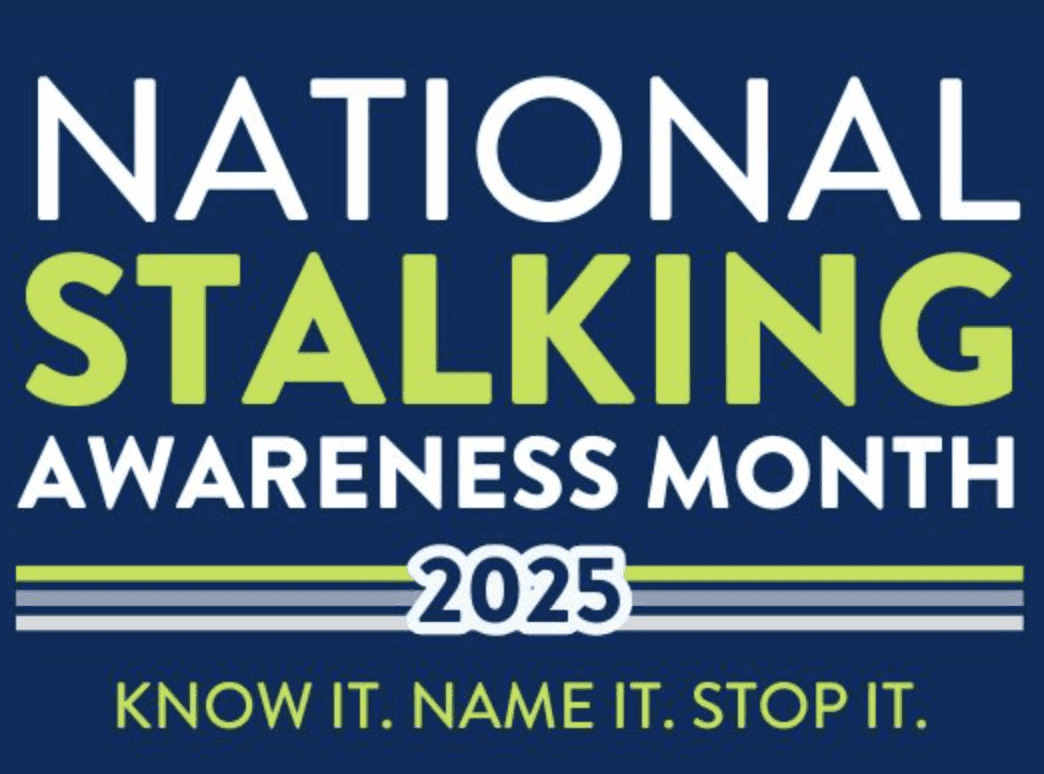By Deana M. Newman, M.A., C.C.P.
The arrival of spring is one of the most exciting times of the year. It serves as a reminder that winter’s bite will be no more (at least until next December). Unfortunately, as seasons make their transition, the debut of seasonal allergies follows.
An allergy is an adverse reaction to certain foods, microorganisms, airborne particles and/or medications. According to the National Institute of Allergy and Infectious Diseases,”…allergic diseases are among the major causes of illness and disability in the United States, affecting as many as 40 to 50 million Americans.” The most common form of allergy is the seasonal allergy which results from an exposure to airborne particles, such as pollen, also known as “hay fever”.
Below is a list of pollens that cause hay fever by season along with symptoms: (www.merck.com)
Causes
Spring: Usually trees (such as oak, elm, maple, alder, birch, juniper, and olive)
Summer: Grasses (such as Bermuda, timothy, sweet vernal, orchard, and Johnson grass) and weed (such as Russian thistle and English plantain)
Fall: Ragweed
Symptoms
o Itchy nose, throat and/or eyes
o Sinus headaches
o Watery eyes
o Coughing, wheezing and irritability
o Possible ear infection in children
Antihistamines and decongestants are the normal treatments for seasonal allergy relief. However, according to the Mayo Clinic, you can reduce your exposure to pollen for more relief. For example, stay indoors on dry, windy days – the best time to go outside is after a good rain, which helps clear pollen from the air; remove clothes you’ve worn outside; you may also want to shower to rinse pollen from your skin and hair; ban your pets from your bed or couch – pollen clings to pet fur; do not hang laundry outside – pollen can stick to sheets and towels; and wear a dust mask while doing outside chores.
If you suspect you’re a seasonal allergy sufferer, speak with your primary physician or an allergist. For additional tips on how relieve symptoms go to www.MayoClinic.com.



